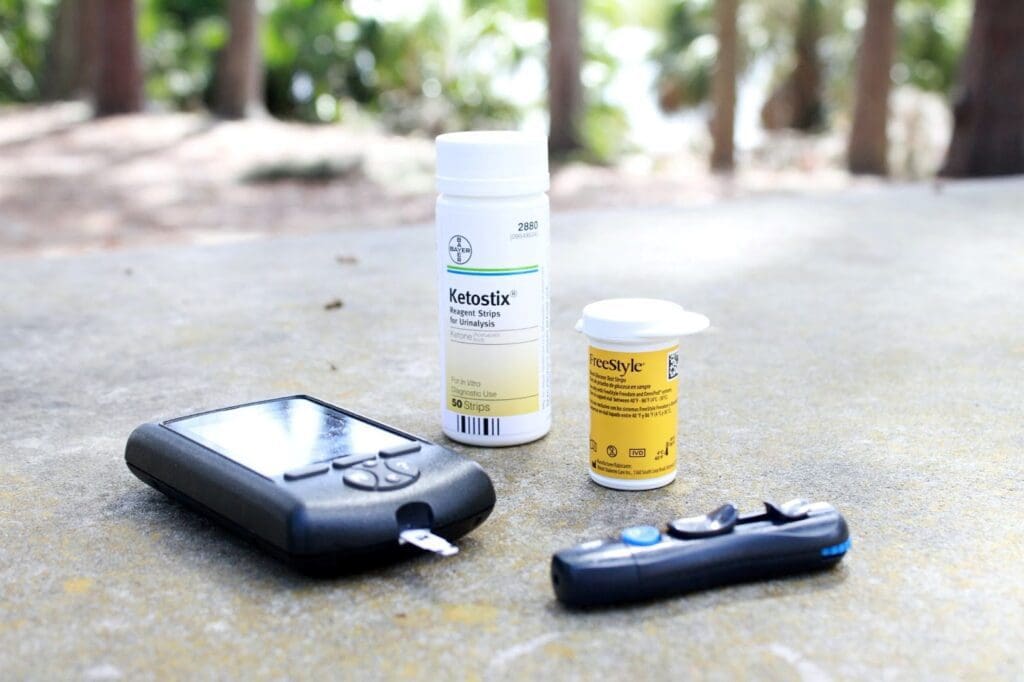
Broadly speaking, telehealth refers to the use of electronic information and communications technology to enable remote access to health evaluation, diagnosis, consultation, intervention, supervision, and education services. Telehealth relies on smartphones, fax machines, e‐mail, and video conferencing apps to gather and send data for health monitoring and interpretation. Providers may also access data from remote monitoring equipment such as wearable activity trackers, pulse oximeters, glucometers, blood pressure cuffs, and ECG and digital stethoscopes.
Though the terms “telemedicine” and “telehealth” are sometimes used synonymously, “telemedicine” refers specifically to the deployment of these technologies to offer clinical services remotely.
Remote patient monitoring (RPM) is a form of home telehealth that allows for the observation of patients and the transmission of their health information to healthcare professionals.
Providers point to the following advantages of telehealth and RPM:
- better health management and outcomes,
- less time spent in hospitals and readmissions,
- increased patient satisfaction, quality of life, and self-efficacy,
- reduced costs for both patients and caregivers,
- successful treatments as a result of doctors’ engagement in real-time monitoring and
- reduced liability and risk.
Uses of Telehealth and Remote Patient Monitoring.
1. Patient Self-management and Education
Telehealth and RPM are tools that not only strengthen disease-specific instruction but also facilitate the incorporation of self-management practices such as medication adherence and the promotion of positive lifestyle choices concerning smoking, diet, and exercise. The technologies serve to monitor patients’ vital signs and general health.
Additionally, self-management helps patients with chronic diseases to recognize when symptoms indicate condition aggravation. The aim is to help patients know when to seek medical attention so that doctors or other healthcare professionals can respond appropriately and quickly.
2.Pre-/Post-acute Management of Chronic Conditions
Through telehealth and RPM, clinicians can gather the vital signs and other data necessary to track patients between formal visits. By paying close attention to the exacerbation of symptoms, clinicians have opportunities to detect complications and enhance the management of chronic diseases. The results of this kind of patient management include reductions in unnecessary emergency room visits, hospitalization, readmission, and the associated expenses.
3. Stabilization of Post-acute Patients
Telehealth and RPM, then, regularly facilitate the monitoring of illnesses, identification of any exacerbation of symptoms, and stabilization of post-acute patients. Theoretically, Through telemedicine and RPM, healthcare professionals can monitor patients’ condition and overall status daily.
Telehealth and RPM can also identify indicators such as medication non-adherence that increase the risk of readmission and provide a channel for follow-up interactions among various healthcare professionals.
4. Routine Check-ups and Treatment over Long Distances
Telehealth, telemedicine, and RPM increase access to healthcare for patients who reside in rural regions, are housebound, have mobility issues, or face other barriers that limit their access to conventional healthcare services. These technologies can deliver cost savings for providers and change patients’ perceptions in addition to enhancing access to medical services.
